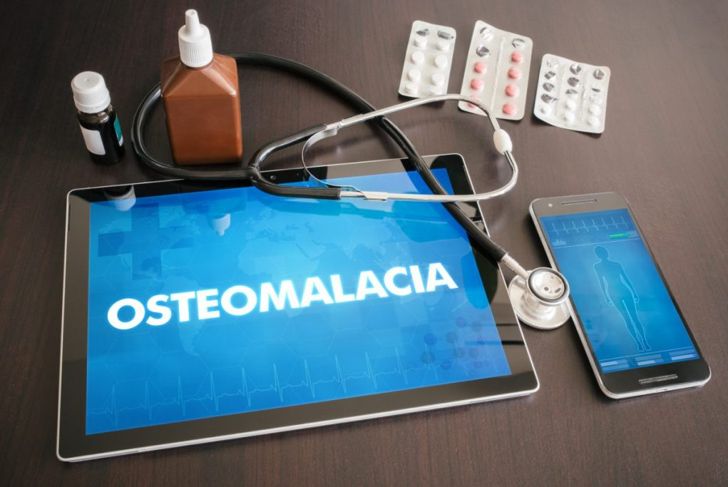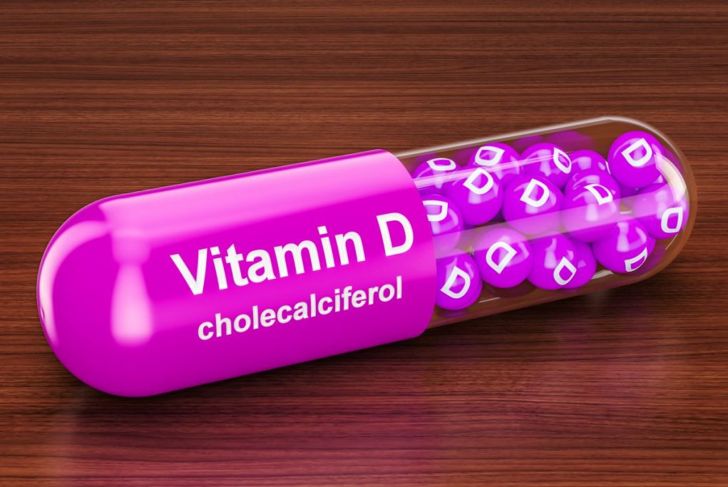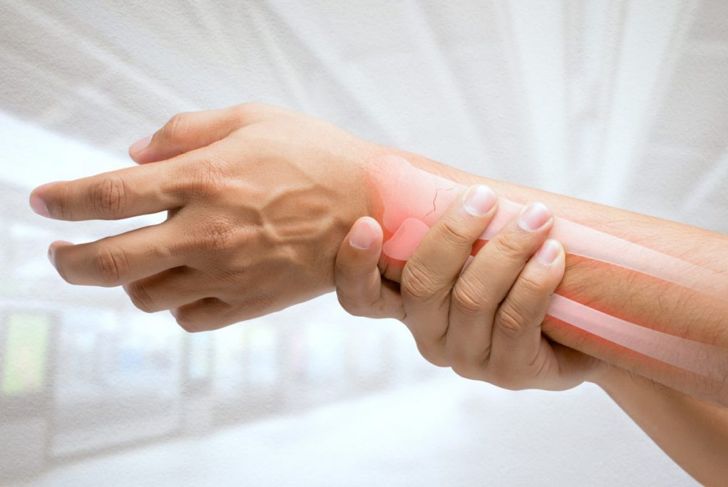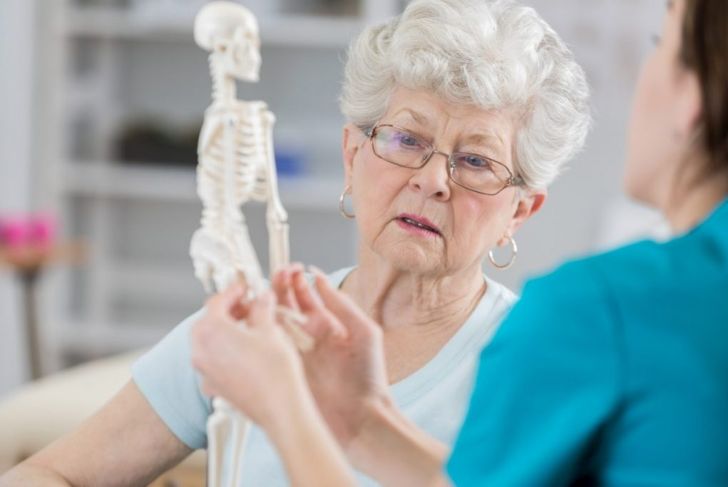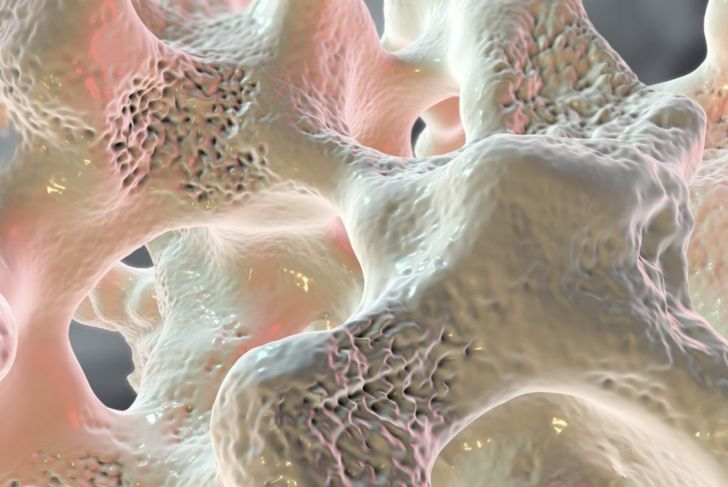Osteomalacia is a condition describes a condition of soft, weak bones that break easily. This ailment results from a vitamin deficiency during the bone-maturing process. Essential nutrients such as calcium, phosphate, and vitamin D are vital for building strong bones. Osteomalacia can develop if there is a lack of these vitamins and minerals in the diet or if the body does not absorb them properly. If you’re wondering about osteomalacia, and how it can develop, check out this FAQ.
What is Osteomalacia?
Osteomalacia is characterized as weak bones. Besides breaking easily, the bones may also have problems forming correctly. The condition interferes with the new bone formation as well. The body can build, repair, and replace old bones, but bodies with osteomalacia have a limited ability to carry out this vital process.
What Causes Osteomalacia?
Bone metabolism does not develop properly in individuals with osteomalacia due to an inadequate amount of vitamins and minerals. As a result, bones that are supposed to be strong are soft. Vitamin D deficiency is the most common cause of osteomalacia. This particular vitamin is essential in helping maintain calcium and phosphate levels, so the bones form correctly. People with insufficient levels of vitamin D, will not be able to process enough calcium to keep bones healthy. A diet that doesn’t include phosphate can also lead to osteomalacia.
What are the Symptoms of Osteomalacia?
There are only a few symptoms of osteomalacia, but they are easy to recognize and diagnose. The most common sign of osteomalacia are bones that fracture easily. Another symptom is muscle weakness. Someone with osteomalacia may have a hard time walking. Bone pain, especially in the hips, can also occur.
How is Osteomalacia Diagnosed?
To diagnose osteomalacia, a medical provider will typically start with a blood test. X-rays and other imaging tests may follow; these can clearly show small cracks in the bones, indicators of osteomalacia. In some cases, the doctor will order a bone biopsy which requires a small bone sample for further examination. Usually, however, an x-ray and blood test are enough to make a diagnosis.
What are the Treatments for Osteomalacia?
If osteomalacia is detected early enough, oral supplements of vitamin D, calcium, or phosphate may reverse the condition. Supplements are generally the first line of treatment if osteomalacia stems from absorption problems. Children with severe cases of osteomalacia may have to wear braces or have surgery to correct bone deformation.
What Are the Potential Complications of Osteomalacia?
The most common complication of osteomalacia is the return of symptoms if, once again, insufficient vitamin D is available and absorbed. The symptoms can also return if the individual stops taking the necessary supplements, or fails to address the underlying issues causing the osteomalacia.
What Should I Expect Over Time?
If left untreated, osteomalacia leads to broken bones and severe deformity. However, increasing intake of vitamin D, calcium, and phosphorus can lead to improvements, or at least stall complications, within a few weeks. Complete healing of bones can take about six months. The earlier osteomalacia is diagnosed and treated, the more likely a positive outcome.
Is Osteomalacia Curable?
In most cases, treatment of osteomalacia through increased intake of vitamin D, calcium, and other bone-building nutrients proves effective. The treatments will generally cure osteomalacia, but easing bone pain and muscle weakness may take several months. Most people require daily supplements of vitamin D over a long period to alleviate bone and muscle pain.
What is the Progression of Osteomalacia?
For adults, a deficiency in vitamin D can lead to abnormal bone formation; in turn, the bones are weaker than healthy bones. The weak bones increase the risk of broken bones and fractures, which tend to impact the vertebral bones of the spine and neck most of all. If osteomalacia is left untreated, it may result in lower bone density, which can subsequently cause osteoporosis, a bone condition similar to osteomalacia, except that the bones become brittle and fragile from loss of tissue.
Who is at Risk for Osteomalacia?
Individuals who are vitamin D- or phosphate-deficient are at an increased risk of developing osteomalacia, as are people who get very little exposure to sunshine. However, people with darker skin tones can also develop osteomalacia due to their skin’s ability to block vitamin D. Certain medications can also cause the condition.

 Home
Home Health
Health Diet & Nutrition
Diet & Nutrition Living Well
Living Well More
More